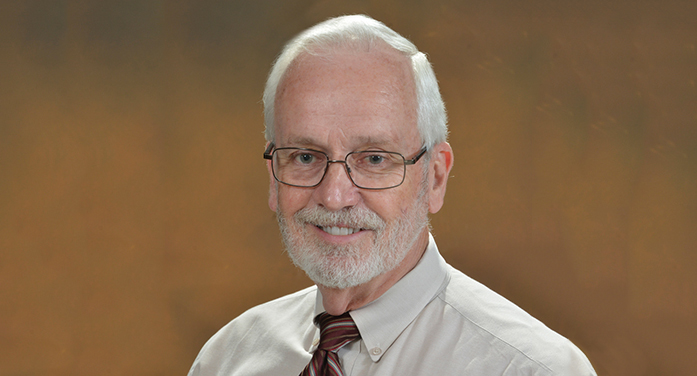By Robert Scott
All writers in Op Ed are here to inform and acknowledge issues of importance to our communities, however these writings represent the views and opinions of the authors and not necessarily of The Advertiser.
Last Thursday, the South Carolina House passed a bill that, among other things, seeks to ban Critical Race Theory (CRT) and teaching about sexual or gender diversity in public schools. Most Democrats, including Bill Clyburn, voted against it; most Republicans, including Bill Hixon, voted for it. Reps. Clyburn and Hixon are the two Legislators whose districts span Edgefield County. This column has addressed banning books in earlier columns; the effort to prevent teachers and school librarians from making some categories of information available to their pupils is part of today’s misguided politics that seeks to prevent anydiscussion of controversial ideas.
Are you curious as to what these ideas really entail? One very good way to find out is to see what books, exactly, are being removed from libraries around the country as part of this “values effort.” The ACLU has compiled a list of the ten most banned books; fortunately, all but one of them are still available via the ABBE regional public library system of which Edgefield County Library is a part. Here they are. Check them out if you wish!1. “The Bluest Eye” by Toni Morrison. The protagonist, Pecola Breedlove, copes with racism and sexual abuse as she comes of age in 1940s Ohio. 2. “Heather Has Two Mommies” by Lesléa Newman. This is a children’s book, and it tells the story of a young girl whose family does not look like those of her classmates.3. “All Boys Aren’t Blue” by George Johnson. This semi-autobiographical work was written by a man who grew up Black and queer, who tells of his childhood and adolescence in New Jersey and Virginia.4. “Gender Queer” by Maia Kobabe. Another semi-autobiographical work, this one by a self-styled non-binary author and telling another fraught tale of adolescence notfitting into the usual societal norms.5. “Melissa” by Alex Gino. This is a children’s novel about a fourth grader coming into her identity as a trans girl. That the original title of the book was “George” provides some insight into an unusual youngster working through life-changing and life-affirming issues.6. “Stamped (For Kids): Racism, Anti-Racism, and You” by Ibram X. Kendi and Jason Reynolds. This is an introduction designed for children of the issues characterized and mis-characterized as CRT in 21st Century America.7. “All American Boys” by Jason Reynolds and Brandan Kiely. This is a “Young Adult” novel that portrays themes of racism and police brutality faced by its main characters.8. “Lawn Boy” by Jonathan Evison is the only book in this group not currently in the ABBE Library system’s catalog. It is about a Mexican American growing through the pains and confusions of adolescence in Washington State.9. “The Hate U Give” by Angie Thomas is a novel about a 16-year-old Black girl who attends an affluent prep school who is changed by witnessing the fatal police shooting of a childhood friend.10. “Between the World and Me” by Ta-Nehisi Coates is another semi-autobiographical work, in which the author writes to his 15-year-old son about issues underlying CRT.


One Response to "Banning Books, Part 2"